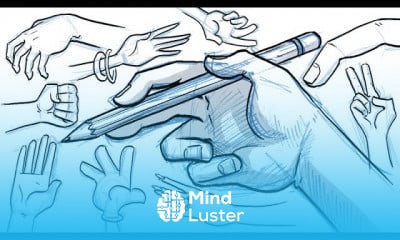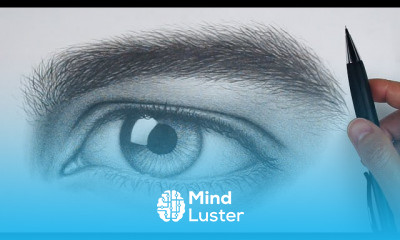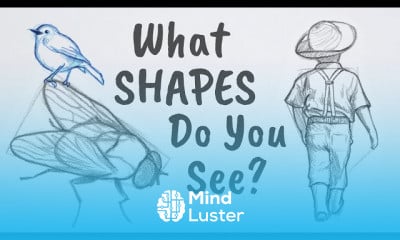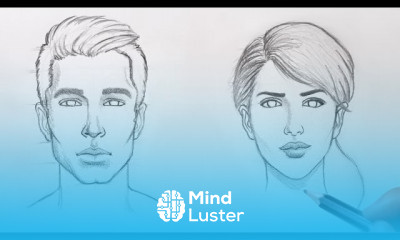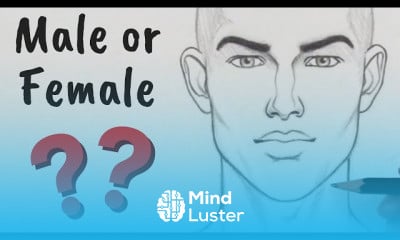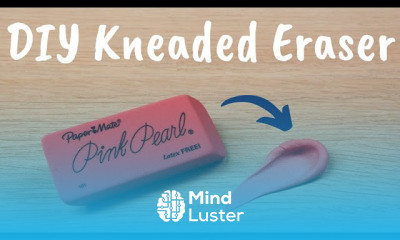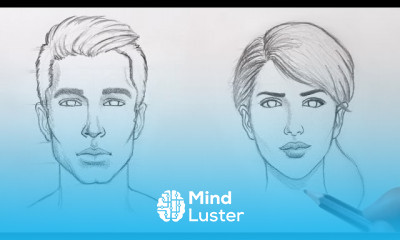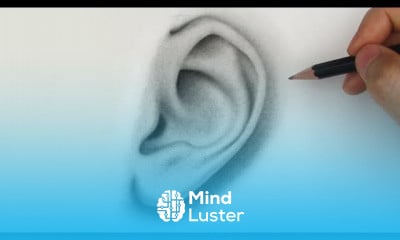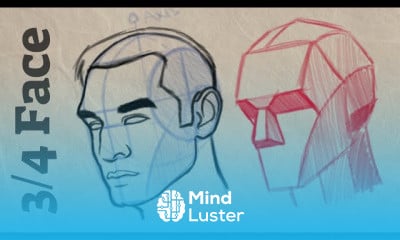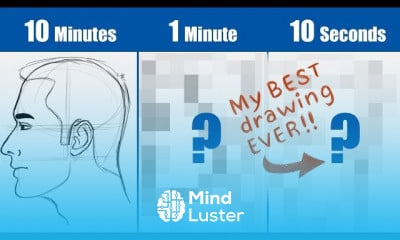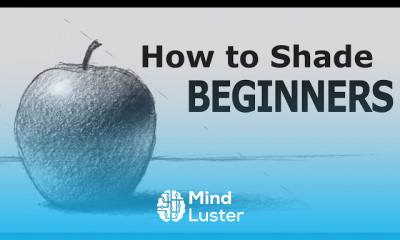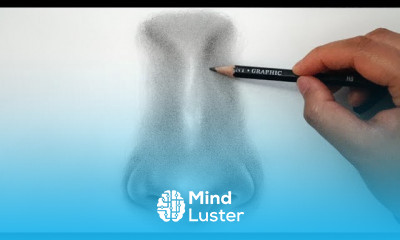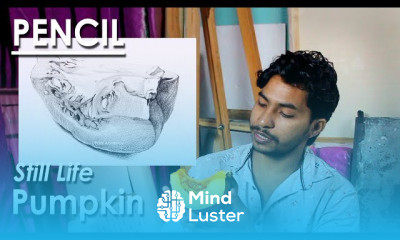How to Draw A Parrot with Colored Pencil
Share your inquiries now with community members
Click Here
Sign up Now
Lessons List | 13
Lesson
Comments
Related Courses in Drawing
Course Description
This colored pencil instruction will teach you some basic colored pencil techniques that will have you creating fabulous colored pencil art in no time!
Colored Pencil Instruction by Thaneeya
These basic colored pencil techniques form the foundation for any type of colored pencil art that you would like to create.
These colored pencil techniques cover the 5 main ways that you make marks with colored pencils: stippling, hatching, cross-hatching, back and forth stroke, and scumbling. You can see examples of these 5 techniques on the left!
Once you master these colored pencil techniques, you can use these colored pencil techniques to layer colors over top of one another to create a rich, luminous depth.
For this colored pencil instruction, I used Prismacolor Colored Pencils (this links to Blick Art Materials, and if you make a purchase I get a small commission, at no extra cost to you). These are my favorite brand of colored pencils because they are waxy and full of pigment. This allows them to create color that is so rich and luscious that your drawings actually resemble paintings! All of the drawings that you see on the right and left hand side of this page were created using Prismacolors.
Although I prefer Prismas, you can use any brand of colored pencil when following this colored pencil instruction. The techniques are totally the same! To learn more about the different brands available, check out my Guide to Colored Pencils.
These techniques will also work differently depending on the type of paper you're using (e.g smooth vs. textured paper). To figure out the right paper for your budget and art style, check out my guide to the Best Paper for Colored Pencils.
stippling - Stippling involves placing lots of tiny dots on your paper. The dots can be close together, far apart, or anywhere in between! Practice stippling by drawing dots that are close together and also by drawing dots that have more distance between them. Also, notice the difference between dots made when the pencil is sharp vs. when the pencil point is dull. Stippling is a great way to add some interesting texture to a drawing.
hatching - Hatching involves drawing a series of parallel lines. These lines all go in the same direction. The lines can be close together, far apart, or any variation in between. The pencil is lifted from the paper after each line and then placed down again to create a new line.
cross-hatching - Cross-hatching involves drawing a series of parallel lines (hatching) and then drawing another series of parallel lines going in another direction on top of the first set of lines. This is a great way to create shading in a drawing. You can create some interesting textures through cross-hatching.
back and forth stroke - The back and forth stroke is probably the most common of all the colored pencil techniques. This is probably how you drew with crayons as a kid! Basically, you just put your pencil on the paper and draw in a continuous back and forth motion, without lifting your pencil off of the paper. This is a good way to fill different areas of your drawing with a lot of solid color.
scumbling - Scumbling is another technique you probably used as a kid without even knowing that it had a name! Scumbling involves making continuous circular marks on your paper, without lifting your pencil. This is another good way to fill in different areas with lots of color.
These 5 colored pencil drawing techniques form the basis for any colored pencil work that you will do. You can use each of these techniques alone or in various combinations to create some really interesting effects!
Trends
Graphic design tools for beginners
Web Design for Beginners
Advanced Logo design methods
Accounting Finance course
Logo Design
Customizing type for logos
Best zoology books
Figma for UX UI design
UX design career in 2025
Graphic Design Basics
Graphic Design | Photoshop
Figma mobile UI design essentials
Accounting
Web Design Using HTML CSS
Financial Accounting
Web Design 101 Free Full Course
Accounting and Bookkeeping fundamentals
Figma Signing Up and Signing In
Master graphic design techniques
Xcode UI design for beginners
Recent
Bioinformatics basics
Bioinformatics databases
Vitamin A to Z tablets
Best zoology books
Best cream for piles pain
Laser surgery for piles
Best cream for piles
Anal fissure treatment
Best antibiotics for diseases
Antibodies structure
Macrophage structure
Drosophila genetics
Diagnostic tests
Bioinformatics
Genetics
Gene therapy
Kidney structure
DNA replication and types
Bacterial cell structure
Parasite structure



